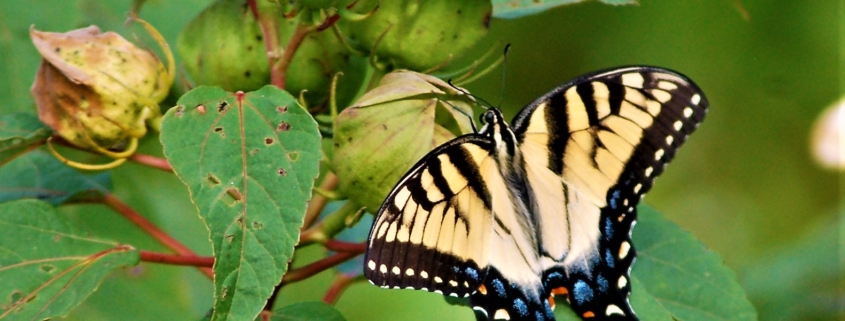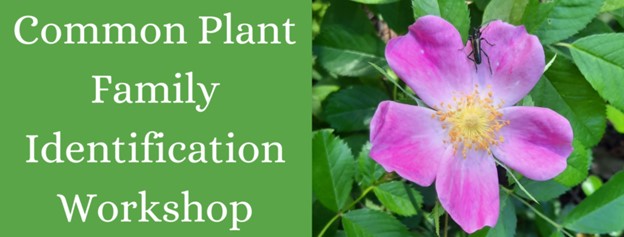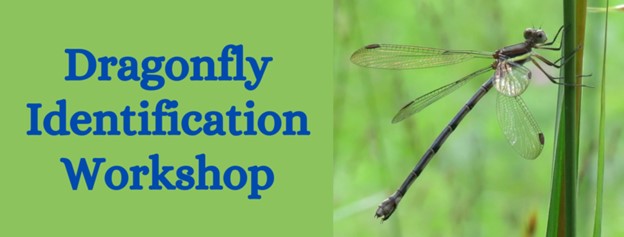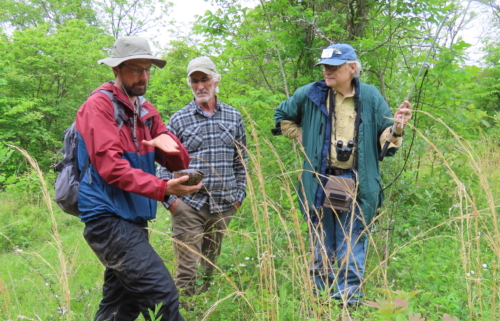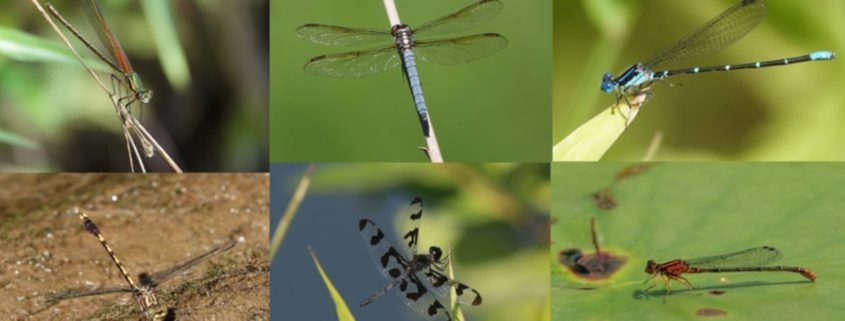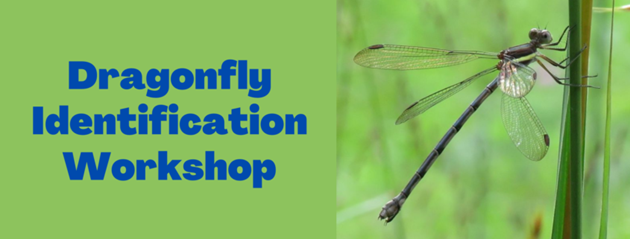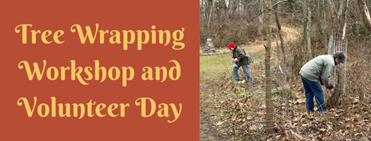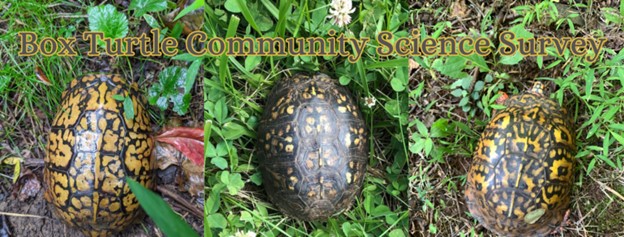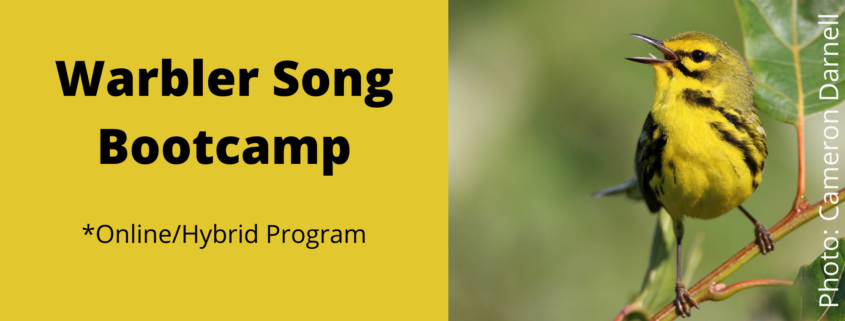Andrew Eberly (L) holds a turtle while FMN David Gorsline (R) carries the radio receiver and transmitter, photo by The Clifton Institute
Article by FMN Janet Quinn, photos as marked
In mid-May I joined a group of citizen scientists gathered at The Clifton Institute (Clifton) in Warrenton, Virginia, equipped with a radio receiver and antenna. As the faint pings from the receiver grew louder, we followed the direction of the strongest sounds and eventually found our prize, a Woodland Box Turtle (terrapene carolina carolina)! The transmitter equipped creature was snuggled in tall grass and would have been difficult to find without the transmitter.
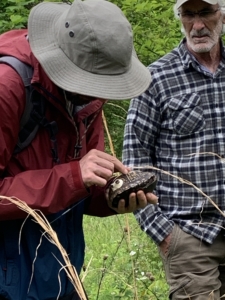
Andrew inspects the transmitter, photo by author
We began our day learning about Clifton’s ongoing Box Turtle research program from Andrew Eberly, Habitat Specialist and our guide for the day. Clifton is unusual in being not just an education center but also a research station and a conservation organization. That means that participants on their field trips have the unique opportunity to participate in real scientific research and to see ongoing restoration projects in action.
In spring 2022 Clifton launched an exciting new research project on Box Turtles. The goals of the project are to better understand how Box Turtles are doing at Clifton (where they are still common), why they are declining in the region, and how landowners can help turtles. They are especially interested in studying the animals’ movements in different kinds of habitats so that they can advise landowners on when and how to change mowing and haying practices to minimize turtle mortality.
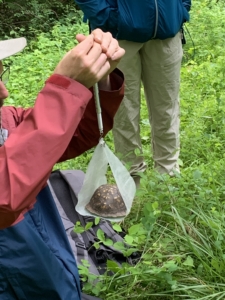
Andrew weighs an unmarked turtle, photo by author
When they find a turtle they notch its shell with a unique code so that they can identify it when they (hopefully) see it again. They have found more than 106 turtles! They estimate that roughly 370 turtles live on the 400 acres they have surveyed. They have been amazed to find so many and want to figure out what makes their property so turtle-friendly.
As a pilot study, they attached radio transmitters to five of the turtles and tracked their movements to get a better idea of where they’re hanging out and when. Five turtles didn’t tell them much, but the tracking worked well enough that they had expanded to twenty turtles by the time of the May field trip.
After some of us took turns using the receiver and antennae to locate some of the previously
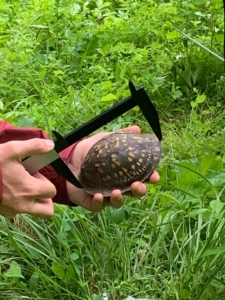
Andrew measures an unmarked turtle, photo by author
identified turtles, we moved to “Turtle Junction”, a site on the property known for its turtle habitat. We were delighted to find two more unmarked turtles there. Andrew carefully notched their shells, and weighed and measured them to log them into the survey subjects.
Flush with success, the group moved out of the lush forested area just as a spring downpour began. Although The Clifton Institute is a 45-minute drive away from my home, the trip provided enough education, outdoor time in beautiful surroundings, and the feeling that I had added needed information to citizen science that I would readily go again and highly encourage you to do the same!


